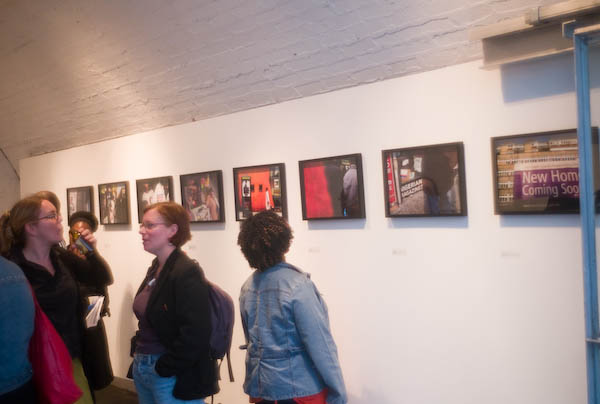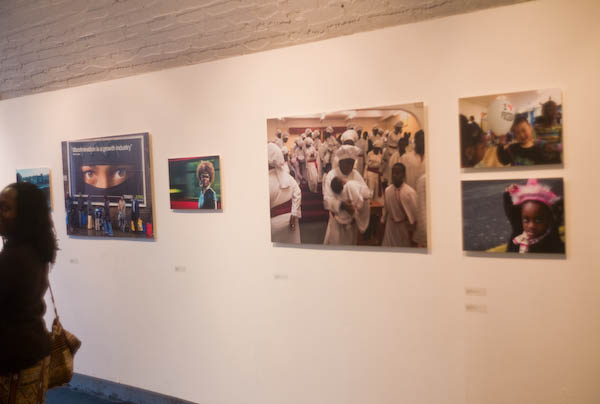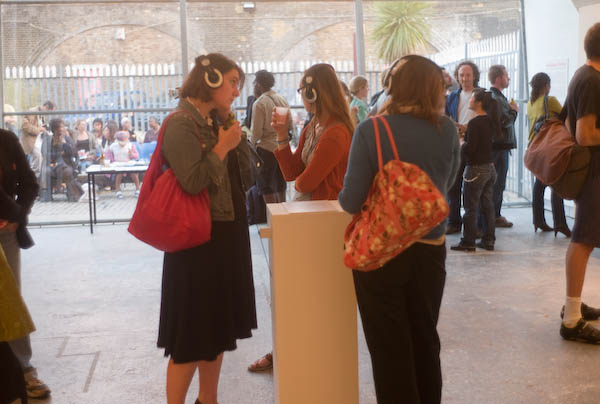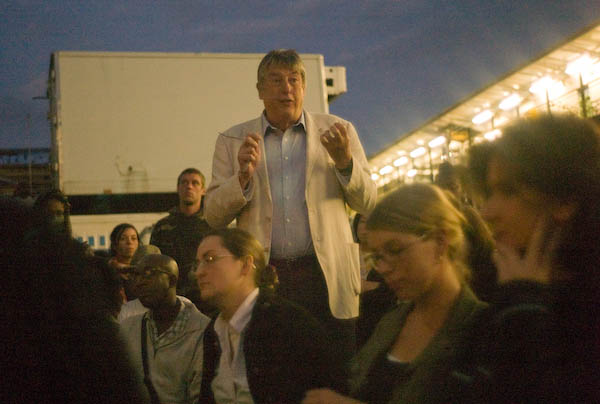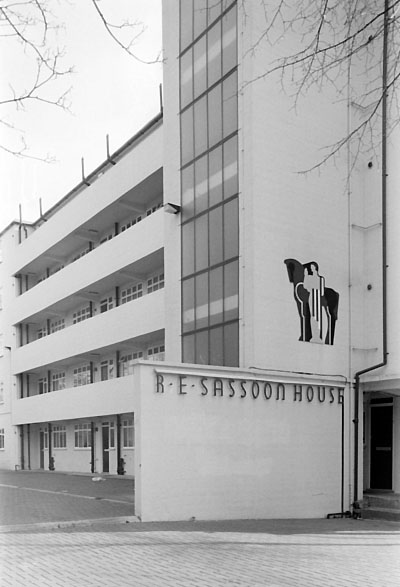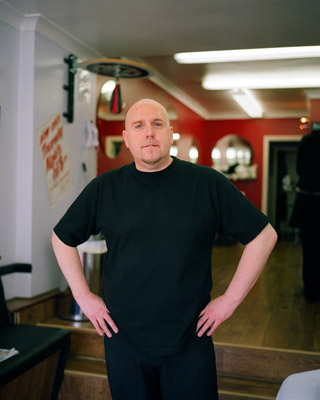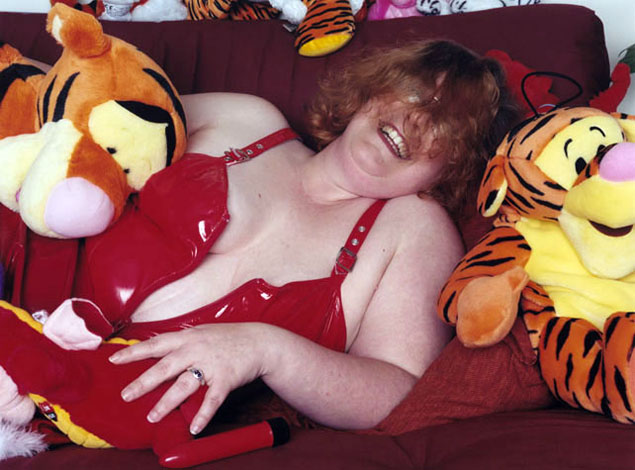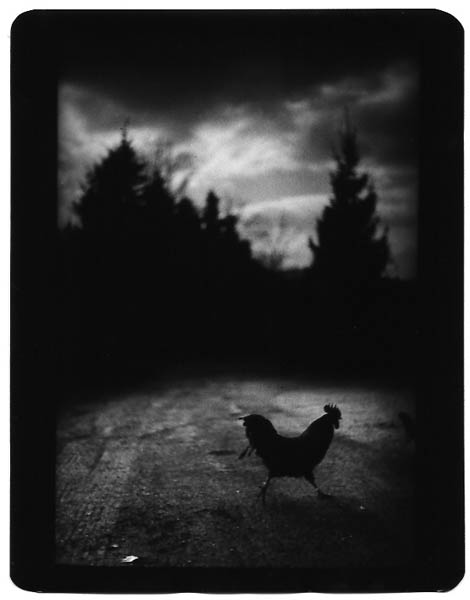Like many photographers around the world, I’ve been following the story of the late Joe ODonnell with some interest. If you’ve been on Mars or Venus, O’Donnell died at the age of 85 on Aug 9, and on Aug 14 the ‘New York Times’ published an obit under the heading “Joe O’Donnell, 85, Dies; Long a Leading Photographer.” Unfortunately, the two pictures included were taken by other photographers and much of the information within the article was incorrect. Similar obits appeared elsewhere, many relying on the NYT as their source.
I have to declare a particular schadenfreude at these events. As attentive readers will know, I wrote the ‘About Photography‘ site for almost exactly eight years until May 2007, establishing it as a major on-line resource on photography and for photographers, in particular dealing with the history of photography, with hundreds of short features and a considerable number of longer essays on leading photographers among the content.
After ‘About.com‘ was bought by the New York Times for a ridiculous number of millions (not that I saw a penny of it), new management came in, photography as we know it was out of fashion, and eventually I was out of a job. The suits decided there was more money in catering solely for beginners, and the presence of more advanced material (I also had plenty of good advice for new photographers) was deemed an off-putting ‘user experience.’
Not of course that the NYT would have dreamed of asking me for advice even when I was on the payroll, although in this case a single e-mail to me or indeed to almost anyone else in the photographic world could have prevented their gaffe.
The real scandal of this event is that the NYT obviously has no-one on their staff who knows that much about photography – or cares about it. Or even worse, since apparently from their ‘explanation’ published on September 16, both the writer and the night photo editor had certain doubts about aspects of the feature, that the NYT is happy to publish material it knows is questionable.
Even had it all been correct, the headline would have been more hype than reality – if he were a leading photographer we would all have known his name.
Stories and confusion
We know many photographers (if not all) like to tell a good story, and seldom let the exact facts get in the way, though often there may be a kernel of truth. One of the greatest of all story-tellers was of course Robert Capa (who even invented himself and was a great photographer), but at least Capa knew which pictures he had taken.
O’Donnell in many cases probably didn’t, even at the time, and certainly not in the 1990s. He worked for 20 years for the United States Information Agency, and in those days photographers were largely anonymous. At some of the events he photographed there would be a whole crowd of photographers standing more or less in the same place and often taking more or less the same pictures. Films from a number of photographers were often developed together and it wasn’t that unusual for there to be disputes about who took which picture.
From around 1994, O’Donnell had suffered increasingly from dementia, and it seems likely that he actually believed the images were taken by him – and he copyrighted and tried to sell them. From some of the interviews he gave he obviously suffered from delusions. The fullest, most carefully researched – and most sympathetic account of the whole case I’ve so far seen is on the NPPA website.
John-John’s Salute
One of the pictures falsely attributed to him was a Stan Stearns image of the young John-John Kennedy making a salute at his father’s funeral. There were 70 photographers present, all crammed into a small pen at some distance from the family. Although it has sometimes been said than Stearns was the only photographer to catch this moment, this was not the case – and it was of course also seen on TV. At least 4 of the other photographers took very similar pictures; what made his famous – as the NPPA feature makes clear – was an astute picture editor, Ted Majeski of UPI, who took a very small section – less than a twentieth of the frame – and put that on the wire as a separate image of the boy’s salute.
For the remaining 65 or so in the pen, this would have been an obvious opportunity not to be missed, although some may have had their view blocked by a marine. As yet it hasn’t been established whether O’Donnell was even present, but if so, he may well have take a similar image. What is certain is that neither he nor the USIA realised the potential of a cropped version at the time.
Hiroshima & Nagasaki
O’Donnell did apparently take some rather remarkable images as a young man in Japan, visiting Hiroshima and Nagasaki while he was in the Marines as a photographer. He took two cameras with him, shooting on one for official use and keeping the pictures from the other for himself. He smuggled the films back to the US hidden in a photographic paper box and the family still have negatives and contact sheets.
Many years later O’Donnell became an anti-nuclear activist, and brought out his old pictures to show the horrors of nuclear warfare. The Smithsonian Institute planned to show some in 1994, but gave way to pressure from veterans groups who claimed they were too sympathetic to the Japanese – they were later published as ‘Japan 1945: A US Marine’s Photographs from Ground Zero (2005). Even among this work there was one image he claimed that was taken by someone else.
Japanese photographer Shigeo Hayashi had shot a panorama from a rooftop in October 1945. The print was confiscated by the US Authorities at the time, and probably ended up in the US National Archives. O’Donnell visited there in the early 1990s and is suspected of having stolen a number of unaccredited prints that he believed he had taken – probably also including those by other photographers which were shown as his work.
Moral Rights
The whole story I think stresses the importance of photographers moral rights, almost entirely unheard of in the 1940s and 50s, and still often denied. Look at any British newspaper and you will almost certainly find most of the photographs are uncredited; even more annoyingly, images where the photographer is certainly known are often simply credited to an agency. Attribution should be made legally enforcable, with publications that print images where the photographer is not credited being required to publish a correction where it can be established who took them.
Copyright
There are also issues of copyright in this case. O’Donnell claimed copyright on the images that he thought he had taken, presumably through registration at the US Copyright Office (what a shame that it still exists, despite Berne.)
Even if the pictures were actually his, images taken by employees in the course of their work for the government are not eligible for US Copyright. This appears to have escaped the notice of O’Donnell and the Copyright Office, just as it also seems often to do so for some of the mega-agencies, (and they also claim copyright on many images where it has long expired.)
Unlike O’Donnell, they cannot claim the excuse of dementia, and unlike them, there is little evidence that O’Donnell every made much if any money from his copyright fraud.
Peter Marshall




